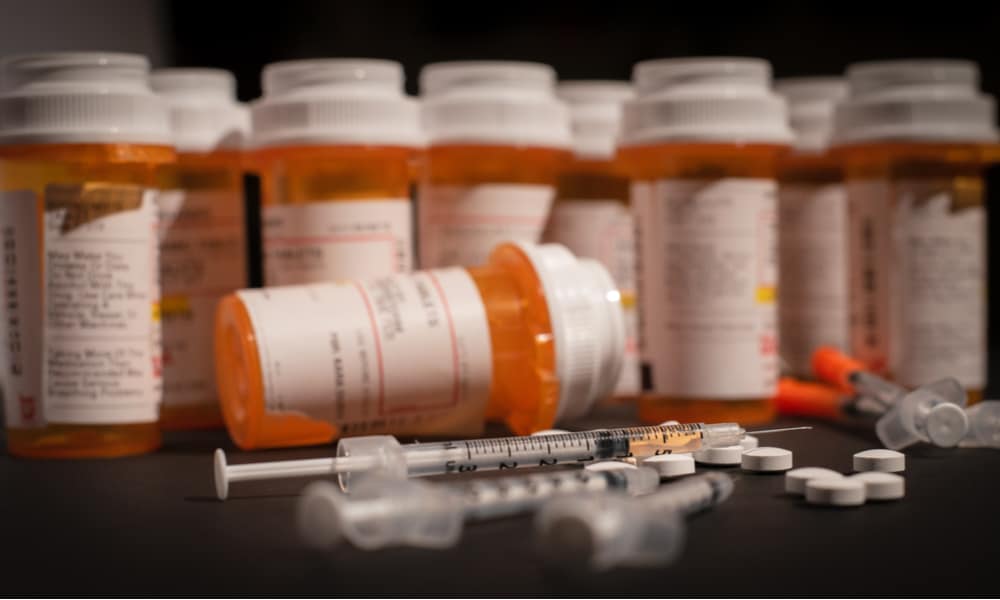Justice Department Accuses DEA of Having Role in Opioid Crisis
FeaturedTrending Stories October 2, 2019 MJ Shareholders 0

As legal battles between pharmaceutical companies and a number of local, state, tribal, and now federal government groups heat up, a new report implicates the Drug Enforcement Agency (DEA) in the ongoing opioid crisis.
Ultimately, the report argues that the DEA contributed to the spread of the opioid crisis, and concludes that the DEA is not doing enough to help address the problem.
New Report Calls Out DEA
The new report was completed and published by the U.S. Department of Justice via the Office of the Inspector General (OIG).
In the report, the OIG lays out a number of findings related to opioid misuse in the U.S. These findings are based on a comprehensive review of the DEA’s activities on the opioid front from 2010 through 2017.
In particular, the review sought to determine how effective the DEA was at helping to curb opioid misuse. Especially during the years that things grew into what is now recognized as a national crisis.
Here are some of the key conclusions from the report:
- As per the Executive Summary: “We found that DEA was slow to respond to the significant increase in the use and diversion of opioids since 2000.”
- The OIG also concluded that the “DEA did not use its available resources, including its data systems and strongest administrative enforcement tools, to detect and regulate diversion effectively.”
- Additionally, the OIG’s report said that the DEA did not hold accountable bad actors who contributed to the crisis.
- Analyzing both the present moment and where things might be headed in the future, the report also concluded “that while the Department and DEA have recently taken steps to address the crisis, more work is needed.”
DEA Approved More Opioid Production as Misuse Ran Rampant
All in all, the report’s findings are not good for the DEA. In particular, the report highlighted a disturbing trend during the years that opioid misuse began going off the rails.
Interestingly, the DEA plays a big role in the production of opioids. In fact, reporting by the New York Times describes the DEA as “the federal agency that most directly oversees access to opioids.”
Among other tasks, the agency is in charge of setting opioid production quotas. And that includes slowing production if needed.
However, according to the OIG’s report, the DEA consistently approved increasing opioid production—especially during years that misuse ran rampant.
“We found that the rate of opioid overdose deaths in the United States grew, on average, by 8 percent per year from 1999 through 2013 and by 71 percent per year from 2013 through 2017,” the report said. “Yet, from 2003 through 2013 DEA was authorizing manufacturers to produce substantially larger amounts of opioids.”
Shedding Light on an Urgent Problem
The report comes amid new attempts to address and manage the opioid crisis.
Specifically, a slew of lawsuits are now being filed against companies making and selling opioids. Many of the suits seek redress for the harms caused by opioid misuse.
According to the Centers for Disease Control and Prevention, more than 130 people die every day from opioid overdose. In total, more than 300,000 people have died from opioid overdose since 2000.
MJ Shareholders
MJShareholders.com is the largest dedicated financial network and leading corporate communications firm serving the legal cannabis industry. Our network aims to connect public marijuana companies with these focused cannabis audiences across the US and Canada that are critical for growth: Short and long term cannabis investors Active funding sources Mainstream media Business leaders Cannabis consumers











No comments so far.
Be first to leave comment below.